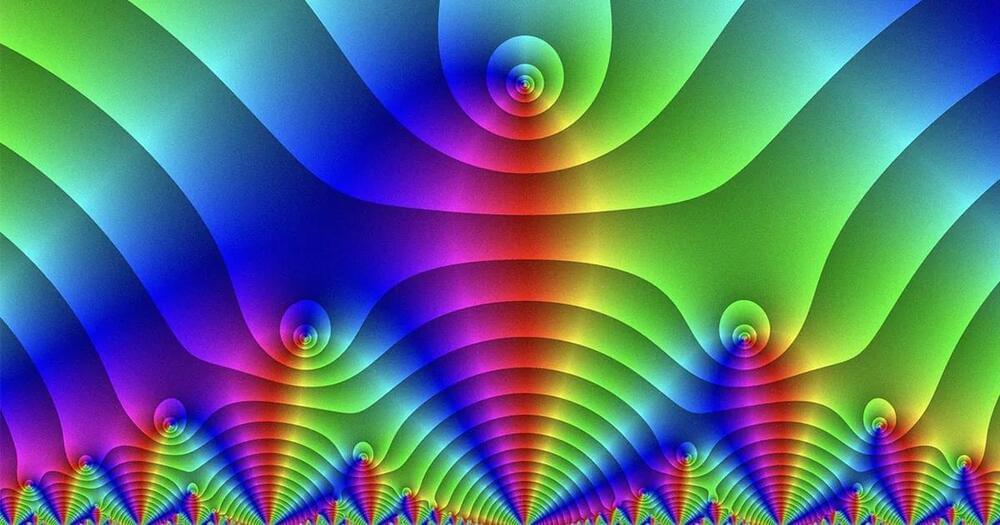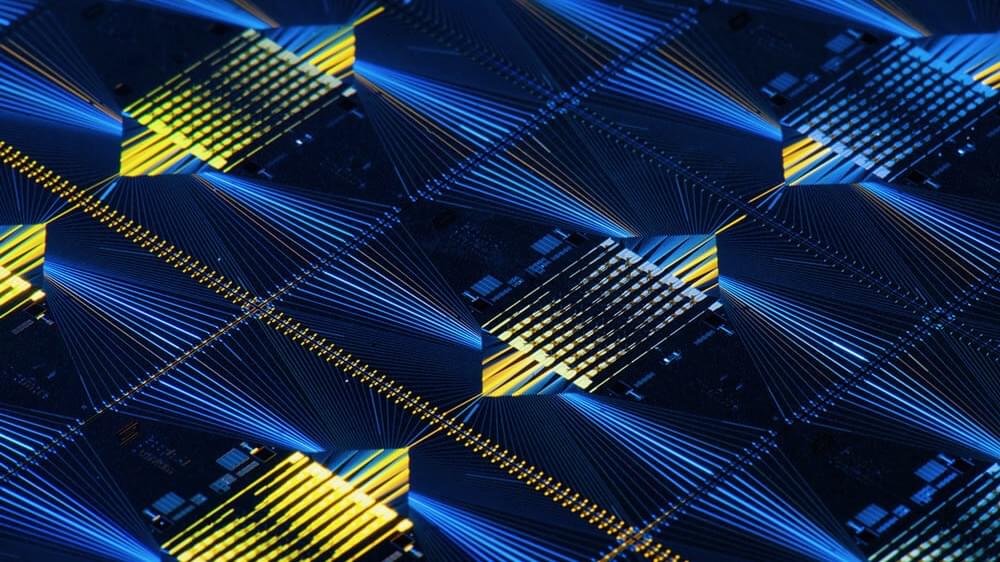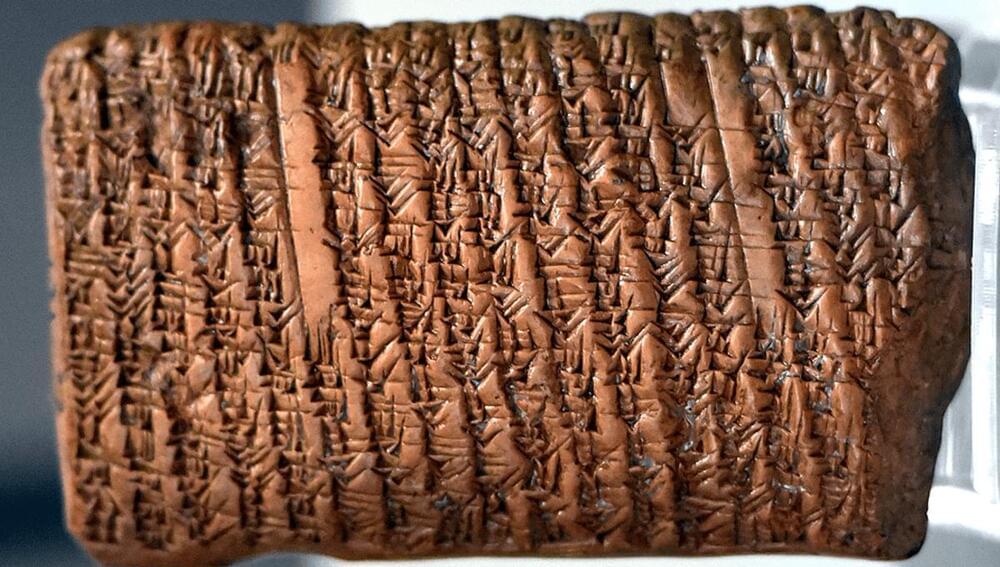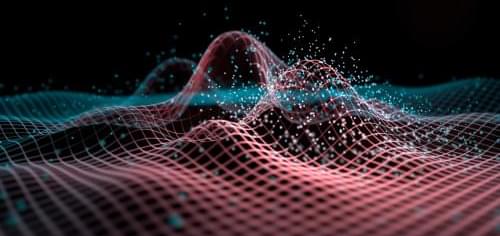Modular forms are one of the most beautiful and mysterious objects in mathematics. What are they?



A study conducted in Japan has found that individuals exhibiting strong autistic traits are often inclined towards dichotomous thinking. The research suggests that these autistic traits might lead to a heightened intolerance of uncertainty, subsequently increasing the propensity for dichotomous thinking. The study was published in Scientific Reports.
Autism Spectrum Disorder (ASD) is a complex neurodevelopmental condition characterized by a wide range of symptoms and challenges. Individuals with autism spectrum disorder typically have restricted interests, difficulties in social interaction and communication. The severity of these challenges can vary greatly from person to person. Some individuals with ASD may have significant language delays and struggle with everyday social interactions, while others may have milder symptoms and excel in certain areas, such as mathematics or art.
Aside from atypical social functioning, autistic individuals tend to exhibit a thinking pattern known as dichotomous, “black-and-white”, or binary thinking. This is a form of cognitive distortion wherein an individual perceives things in a binary way – either black or white, good or bad. There is no middle zone or space for any nuances. The result of this thinking pattern is that the person oversimplifies very complex issues, leading often to inappropriate or obviously poor decisions.

One of the most well-established and disruptive uses for a future quantum computer is the ability to crack encryption. A new algorithm could significantly lower the barrier to achieving this.
Despite all the hype around quantum computing, there are still significant question marks around what quantum computers will actually be useful for. There are hopes they could accelerate everything from optimization processes to machine learning, but how much easier and faster they’ll be remains unclear in many cases.
One thing is pretty certain though: A sufficiently powerful quantum computer could render our leading cryptographic schemes worthless. While the mathematical puzzles underpinning them are virtually unsolvable by classical computers, they would be entirely tractable for a large enough quantum computer. That’s a problem because these schemes secure most of our information online.

Study math for long enough and you will likely have cursed Pythagoras’s name, or said “praise be to Pythagoras” if you’re a bit of a fan of triangles.
But while Pythagoras was an important historical figure in the development of mathematics, he did not figure out the equation most associated with him (a2 + b2 = c2). In fact, there is an ancient Babylonian tablet (by the catchy name of IM 67118) which uses the Pythagorean theorem to solve the length of a diagonal inside a rectangle. The tablet, likely used for teaching, dates from 1770 BCE – centuries before Pythagoras was born in around 570 BCE.
Another tablet from around 1800–1600 BCE has a square with labeled triangles inside. Translating the markings from base 60 – the counting system used by ancient Babylonians – showed that these ancient mathematicians were aware of the Pythagorean theorem (not called that, of course) as well as other advanced mathematical concepts.

AI can also help develop objective risk stratification scores, predict the course of disease or treatment outcomes in CLD or liver cancer, facilitate easier and more successful liver transplantation, and develop quality metrics for hepatology.
Artificial Intelligence (AI) is an umbrella term that covers all computational processes aimed at mimicking and extending human intelligence for problem-solving and decision-making. It is based on algorithms or arrays of mathematical formulae that make up specific computational learning methods. Machine learning (ML) and deep learning (DL) use algorithms in more complex ways to predict learned and new outcomes.
AI-powered liver disease diagnosis Machine learning for treatment planning Predicting disease progression The future of hepatology References Further reading
Hepatology largely depends on imaging, a field that AI can fully exploit. Machine learning is being pressed into play to extract rich information from imaging and clinical data to aid the non-invasive and accurate diagnosis of multiple liver conditions.
More than 400 years ago, Galileo showed that many everyday phenomena—such as a ball rolling down an incline or a chandelier gently swinging from a church ceiling—obey precise mathematical laws. For this insight, he is often hailed as the founder of modern science. But Galileo recognized that not everything was amenable to a quantitative approach. Such things as colors, tastes and smells “are no more than mere names,” Galileo declared, for “they reside only in consciousness.” These qualities aren’t really out there in the world, he asserted, but exist only in the minds of creatures that perceive them. “Hence if the living creature were removed,” he wrote, “all these qualities would be wiped away and annihilated.”
Since Galileo’s time the physical sciences have leaped forward, explaining the workings of the tiniest quarks to the largest galaxy clusters. But explaining things that reside “only in consciousness”—the red of a sunset, say, or the bitter taste of a lemon—has proven far more difficult. Neuroscientists have identified a number of neural correlates of consciousness —brain states associated with specific mental states—but have not explained how matter forms minds in the first place. As philosopher David Chalmers asked: “How does the water of the brain turn into the wine of consciousness?” He famously dubbed this quandary the “hard problem” of consciousness.
Scholars recently gathered to debate the problem at Marist College in Poughkeepsie, N.Y., during a two-day workshop focused on an idea known as panpsychism. The concept proposes that consciousness is a fundamental aspect of reality, like mass or electrical charge. The idea goes back to antiquity—Plato took it seriously—and has had some prominent supporters over the years, including psychologist William James and philosopher and mathematician Bertrand Russell. Lately it is seeing renewed interest, especially following the 2019 publication of philosopher Philip Goff’s book Galileo’s Error, which argues forcefully for the idea.

We often believe computers are more efficient than humans. After all, computers can complete a complex math equation in a moment and can also recall the name of that one actor we keep forgetting. However, human brains can process complicated layers of information quickly, accurately, and with almost no energy input: recognizing a face after only seeing it once or instantly knowing the difference between a mountain and the ocean. These simple human tasks require enormous processing and energy input from computers, and even then, with varying degrees of accuracy.
Creating brain-like computers with minimal energy requirements would revolutionize nearly every aspect of modern life. Funded by the Department of Energy, Quantum Materials for Energy Efficient Neuromorphic Computing (Q-MEEN-C) — a nationwide consortium led by the University of California San Diego — has been at the forefront of this research.
UC San Diego Assistant Professor of Physics Alex Frañó is co-director of Q-MEEN-C and thinks of the center’s work in phases. In the first phase, he worked closely with President Emeritus of University of California and Professor of Physics Robert Dynes, as well as Rutgers Professor of Engineering Shriram Ramanathan. Together, their teams were successful in finding ways to create or mimic the properties of a single brain element (such as a neuron or synapse) in a quantum material.

Now, scientists have a mathematical model that closely matches how the human brain processes visual information.
Scientists have confirmed that human brains are naturally wired to perform advanced calculations, much like a high-powered computer, to make sense of the world through a process known as Bayesian inference.
In a study published in the journal Nature Communications, researchers from the University of Sydney, University of Queensland and University of Cambridge developed a specific mathematical model that closely matches how human brains work when it comes to reading vision. The model contained everything needed to carry out Bayesian inference.

The 2024 Breakthrough Prize in Fundamental Physics goes to John Cardy and Alexander Zamolodchikov for their work in applying field theory to diverse problems.
Many physicists hear the words “quantum field theory,” and their thoughts turn to electrons, quarks, and Higgs bosons. In fact, the mathematics of quantum fields has been used extensively in other domains outside of particle physics for the past 40 years. The 2024 Breakthrough Prize in Fundamental Physics has been awarded to two theorists who were instrumental in repurposing quantum field theory for condensed-matter, statistical physics, and gravitational studies.
“I really want to stress that quantum field theory is not the preserve of particle physics,” says John Cardy, a professor emeritus from the University of Oxford. He shares the Breakthrough Prize with Alexander Zamolodchikov from Stony Brook University, New York.
Is there an 8-dimensional “engine” behind our universe? Join Marion Kerr on a fun, visually exciting journey as she explores a mysterious, highly complex structure known simply as ‘E8’–a weird, 8-dimensional mathematical object that for some, strange reason, appears to encode all of the particles and forces of our 3-dimensional universe.
Meet surfer and renowned theoretical physicist Garrett Lisi as he rides the waves and paraglides over the beautiful Hawaiian island of Maui and talks about his groundbreaking discovery about E8 relates deeply to our reality; and learn why Los Angeles based Klee Irwin and his group of research scientists believe that the universe is essentially a 3-dimensional “shadow” of this enigmatic… thing… that may exist behind the curtain of our reality.
ENJOY THE MOVIE! and SHARE IT!
Main film credits:
Host: Marion Kerr.
Written, Directed and Edited by David Jakubovic.
Director of Photography: Natt McFee.
Lead animator: Sarah Winters.
Original Music by Daniel Jakubovic.
Rerecording mixer: Patrick Giraudi.
Line Producer: Piper Norwood.
Executive producer: Klee Irwin.
Producers: David Jakubovic, Stephanie Nadanarajah.
Also starring Daniel Jakubovic as Agent Smooth.
VISIT THE QGR WEBSITE: http://www.quantumgravityresearch.org.